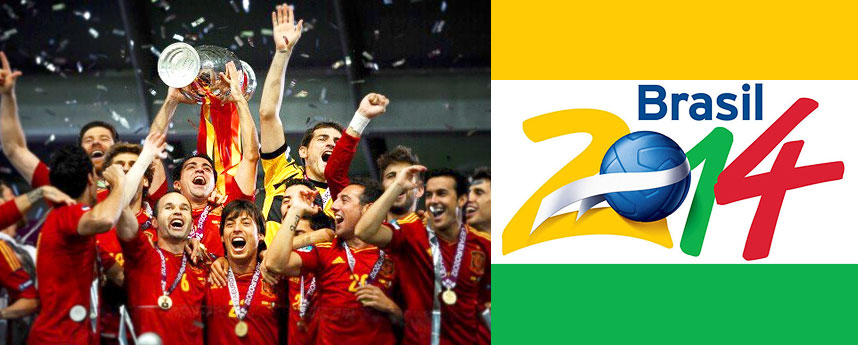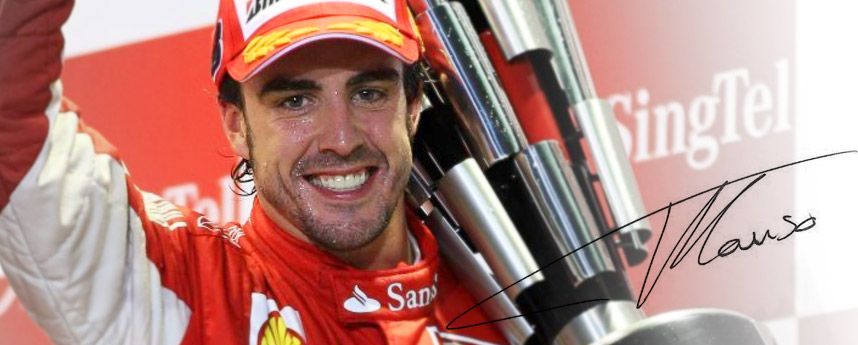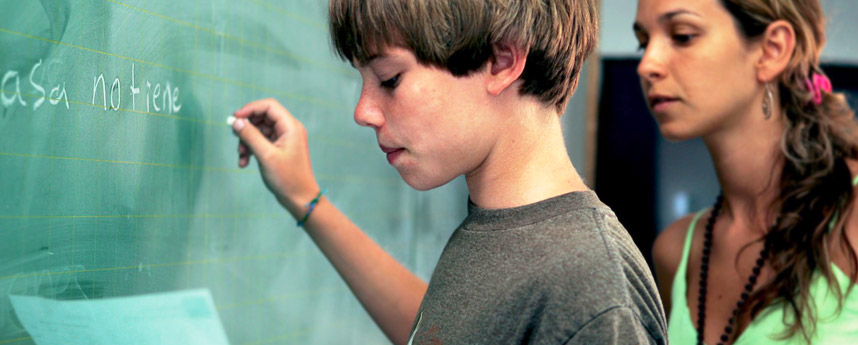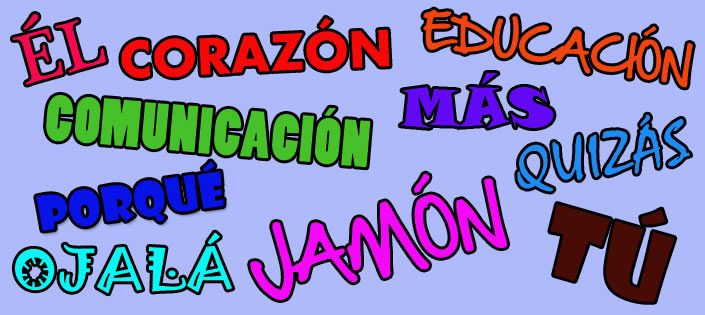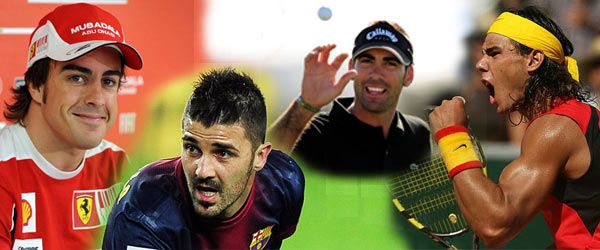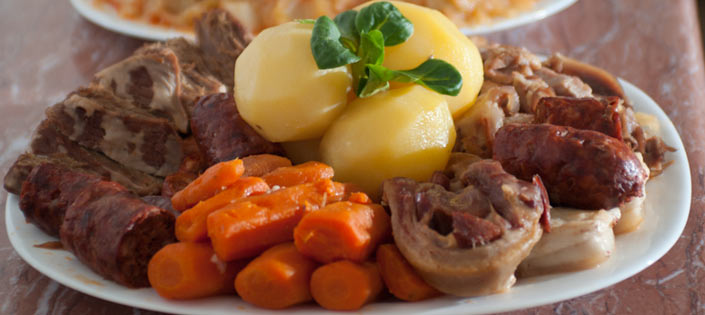Watching Soccer in Spanish

After reading an article in the Wall Street Journal, an interesting dilemma has come forth for the North American viewer of the World Cup. Is it a better soccer experience watching the game with commentary in a language you may (or may not) know better than English?
Curiously, during the 2010 World Cup, Univision, the Spanish language broadcaster in the US, received consistently higher ratings versus their English-speaking counterparts ESPN and ABC. It wasn't until the final that ABC was able to receive higher marks: 13 million viewers vs. 8.3 million for Univision. In any case, 8.3 million viewers is a hefty number of viewers for a sporting event and a total of 21 million viewers for a soccer final is downright great.
Knowing that there is a demand that viewers apparently desire a more exciting and partisan commentary for their soccer game viewing, Univision is taking on the big broadcasters on their own turf—with English language commentary. For many people, listening to the game with the emotion that normally isn't transmitted in the American English-language broadcast adds an element of entertainment that they want to hear and experience—even though they may not understand anything that is being said!
The World Cup 2014!
For this year's World Cup, Univision will continue to maintain and reinforce their emotive announcing style while also trying to appeal more to the non-Spanish speaking viewer. This year they will provide more bilingual commentary and their on-air personalities will tweet continuously in Spanish and English. Univision has also hired commentators like ex-Team USA defender Marcelo Balboa, Italian World Cup winner Mauro Camoranesi and ex-Barcelona FC and Bulgarian soccer legend, Hristo Stoichkov.
These commentators will easily move between English and Spanish and their Soccer (or is it football?) credentials are unquestionable. Their insight and experience will be key for the American viewer better understand and appreciate the little details that make soccer the world's most popular sport.
As an American in Spain, I must admit that I really had no clue about this sport when I arrived. Over the years I have slowly come to appreciate the appeal of this sport and how entertaining it can be; living In a country with one of the best soccer leagues in the world also helps a little. But one thing I have noticed here is the completely partisan approach in the transmission of international sports events. From F1 to Soccer there is an unashamed Spanish-centric approach to sports commentating that can be frustrating at times to downright funny.
For a quadrennial global championship where a country's national pride and honor goes on the line, I vote to hear sports commentary where the emotion reflects this urgency and anxiety. We're not talking about a tennis match or a chess game—this is the WORLD CUP! Also, if I had a choice of watching a game in German or Italian (both languages I don't speak but I've seen their soccer coverage) I would take the red-blooded Italian commentary over the German's cold insightfulness any day.
Fortunately for me, in Spain I understand the local commentary and I will enjoy every scream, yell and collective "UFFF". If you're in North America you'll have a viewing choice of two contrasting styles—take a look and pick the one that works for you. You're World Cup experience will depend on your choice.


